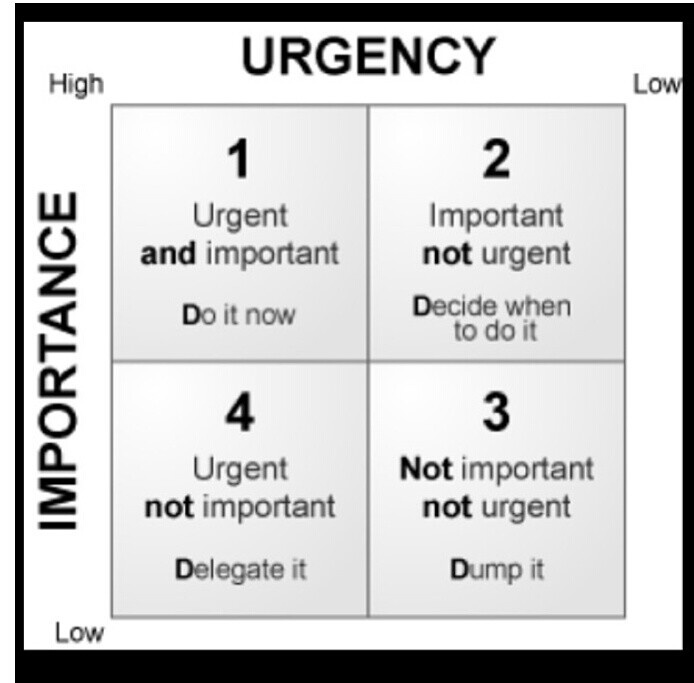
Won’t: These items are of the lowest importance. Their absence won’t affect almost anything, or at least wouldn’t do any harm to the release. Simply put, they don’t have much impact on delivery success now, though eventually, they must be implemented.Ĭould: These are small-scale improvements that don’t take considerable resources, but they aren’t essential. Should: Features here can be described as great to have, but not top priority. Neglect any of them and the current sprint most likely fails. The MoSCoW method requires breaking down all story points into four groups. Being a part of the Dynamic Systems Development Method (DSDM) techniques, which helps companies adopt business agility practices, it’s also very popular among waterfall-based enterprises.

MoSCoW is an acronym that stands for “Must, Should, Could, Won’t.” It’s arguably one of the simplest methods to evaluate the relative importance of each task. Across an entire product development lifecycle, they can complement each other at different project stages.Ī brief comparison of popular methods of task prioritization MoSCoW method: the simplest and most widespread approach for small products That said, keep in mind that all methods below are not mutually exclusive. Prioritizing for an MVP and for a mature product may be drastically different. choose tasks that will bring value fast – it may be a go-to approach.īest use case. If the method suggests you grab the low-hanging fruit – i.e. The feature sometimes looks extremely important in business terms, but equally difficult in terms of development. But they may lack technical consideration. So, there are methods that put the value on top. It’s cool to create things that customers love and are ready to pay for. The balance between technology constraints and business value. While it looks like data-driven is the way to go, there are many cases when you don’t have data or don’t have time for complex data-backed prioritization. Some methods rely more on assumptions than on proved data, some not. The simpler the method, the faster you prioritize.ĭata-driven prioritization. When considering the prioritization method, we recommend keeping in mind the following criteria: So, in this article, we’ll discuss the most common prioritization techniques and methods, outline their main features, and suggest the best use cases for them.


While you can rely on a gut feeling, such an approach usually puts your project at risk. Prioritizing tasks in a project backlog is one of a product manager’s responsibilities.

But before the tasks end up in a sprint backlog, they must be prioritized to capture what delivers the most value or looks most reasonable to complete first. It’s used as a source of story points or tasks to complete in the next sprint.
#BUSINESS PRIORITY MATRIX SOFTWARE#
Walking Skeleton: the best way to prioritize MVP storiesĪ product backlog is one of the key artefacts used in software development and specifically in Agile-based frameworks.Weighted Shortest Job First (WSJF): lean but time-consuming way to introduce minimum marketable features.Pros of the Value vs Complexity/Effort matrix.Value vs Complexity/Effort matrix: a lightweight approach to balance tech and value.Eisenhower matrix: a straightforward way for time-management.RICE: balanced, but time-consuming method for mature products.Kano Model: customer-driven prioritization.MoSCoW method: the simplest and most widespread approach for small products.


 0 kommentar(er)
0 kommentar(er)
